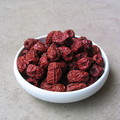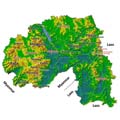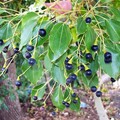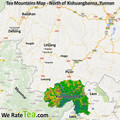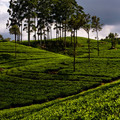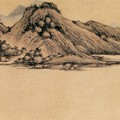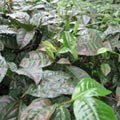Where does Camphor flavor in Puerh tea come from?

Photos Tags: Pu-erh
- Discussion: 0 comments
- Write a comment
Teas - Pu-erh
2015 Quanjihao Manzhuan Raw Puerh Tea
 0 reviews
0 reviewsEstablished in the Qing Dynasty and passed down for thirteen generations, Quanjihao...
2006 Changtai Long Ma Rui Ming "Dragon
 1 review
1 reviewThis cake is composed of Lancang and Menghai area selected materials.After 5 years...
2005 Nannuoshan TF Menghai Raw Puerh Cake
 1 review
1 reviewThis is a classic Menghai spring blended cake from Nannuoshan Tea Factory which was...
2015 Chawangpu Menghai "Cheng Shuang"
 1 review
1 reviewCheng Shuang 成双 means in pairs This cake is blend of two villages and...
2013 Chawangpu "Gao Shan Liu Shui" Xiao
 1 review
1 review高山流水 [gāo shān liú shuǐ] :lofty mountains and flowing water; -- referring to the harsh...
Quotes - Pu-erh
„The most classical Puerh Tea is the Bingcha, recorded in Yong-Zheng 13th year in Qing Dynasty (1735). Each tea cake weighs 7 Liang (357 grams). Seven cakes make 1 Tong (wrapped in leaves), weighing 49 Liang. It was sold in nice places and also was exported abroad. It was re-named as "Yunnan Qizi bingcha - Yunnan seven cake tea" during the Cutural revolution.“
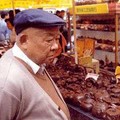
Quotes Tags: Pu-erh, Cake, Tea production, China
Video - Pu-erh
Tea by region
Remember what tea did you drink year ago?
Create your own collection of favorite teas and keep the track what you have drunk.
We will help you with tea selection.
Do you like quality loose tea?
We will help you to find the right one for you. Be inspired by tea ratings of other tea lovers. Rating stars could help you.


Latest posts
07.06.2025 @ 07:48:53 - lalo233:
The unforgiving landscapes of Arrakis in Dune: Awakening demand a mastery of combat....
07.06.2025 @ 07:48:50 - lalo233:
The unforgiving landscapes of Arrakis in Dune: Awakening demand a mastery of combat....
01.01.2016 @ 18:14:35 - Eternal Spring:
WeRateTea.com wish you all the best for 2016!...
07.12.2015 @ 09:07:02 - sypalino:
I decided to taste this tea 2 weeks after delivery. The cake is lightly pressed, so...
09.11.2015 @ 21:58:19 - Eternal Spring:
Comparison of 2013 Bada Pu-erh.sk with <a...
09.11.2015 @ 09:34:07 - Eternal Spring:
Lao Yu 2013 is now about 2,5 years old tea and out of this 1,5 year stored in Europe....
09.11.2015 @ 09:33:11 - Eternal Spring:
Comparison of all three Lao Yu is now done :)
15.10.2015 @ 11:06:37 - Eternal Spring:
2015 Chawangpu Collection – I can only tell, that all teas are very good :)
09.10.2015 @ 10:31:19 - Eternal Spring:
It was quite long and difficult tasting to make a decision… There is still quite...
24.01.2015 @ 16:55:57 - Eternal Spring:
WeRateTea.com wish you all the best for 2015!...
Review your cup of tea.
Review the tea you are drinking and help other tea lovers to find the right cup of tea.



Theme
Quotes
„Green tea has been used as both a beverage and a medicine in most of Asia, including China, Japan, Korea, Thailand, and Vietnam, to help everything from controlling bleeding and helping heal wounds to regulating body temperature, blood sugar and promoting digestion.“



 Shops
Shops Share on Facebook
Share on Facebook







